The Ex-Briggs Cunningham/Henry Wing 1932 STUTZ DV32 SUPER BEARCAT Chassis No. DV-SB-1440 Engine No. DV-33156 Yellow with black running gear and fenders with cloth seat covers Engine: straight-eight, twin overhead camshafts, four valves per cylinder, 322ci., 156bhp at 3,900rpm; Gearbox: four-speed manual; Suspension: beam axle to front, live axle to rear, half-elliptic leaf springs all around; Brakes: vacuum servo-assisted, hydraulically operated drums all around. Left hand drive. The Stutz Vertical Eight was the product of Frederich Moskovics' conviction that it was time for a new type of luxury car, an automobile that would bring together the best attributes of the traditional American quality car with those of thoroughbred European machines. The Vertical Eight made its debut at the 1928 New York Salon and was a show-stopper. Its advanced overhead camshaft straight eight engine was installed in a double drop chassis of unusual rigidity and low center of gravity, helped by a worm drive rear axle. On such a chassis even conventional sedans and phaeton bodies looked very sleek, enabling Moskovics to develop his plan of providing chassis' powerful and stable enough to give sports car performance even to sedans. As the boom years of the 1920s gave way to the harder times of the 1930s, the Stutz remained essentially unchanged, but greatly improved in detail. Stutz' raced and broke records throughout the US, as well as at the Le Mans Grand Prix d'Endurance, where a Stutz finished a very impressive second in 1928. Faced with fierce competition, Stutz unveiled the superlative DV32 in 1931 in an attempt to secure a place in the swiftly dwindling luxury car market. The engine and chassis remained as before, but now there were twin overhead camshafts with four inclined valves for each cylinder. The results were startling as power leapt from 113bhp to 156bhp, and the torque went to a lusty 300lbs/ft. Fully equipped, a Stutz sedan was capable of 80mph - the more sporty open versions were capable of 105mph. The legendary Bearcat name had not been used on a Stutz model since the mid 1920s. However, in an effort to boost interest during the Depression, Stutz decided to revive the name for its sporting series of the DV32 line. The factory guaranteed that each Bearcat had been driven at 100 mph before delivery. The Super Bearcat was a shorter (116 inch wheelbase), lighter chassis than the standard Bearcat. These short chassis cars were the ultimate development of the DV32, and only a handful of cars were built. The example offered here was formerly part of the prestigious Henry Wing and Briggs Cunningham Collections. The late Mr. Wing was a well known collector from New England whose fine stable of cars included chain drive Mercedes and Isotta Fraschinis. The Super Bearcat was subsequently purchased from him by Briggs Cunningham. The Stutz formed part of Cunningham's world famous collection and it was on display in the Museum for over 20 years. During this time, it was featured in a number of prominent publications including Automobile Quarterly , volume 8, number 3 and the cover of Connoisseur's Choice - Racing, Sports and Touring Cars by John Burgess Since the late 1980's it has been part of a prominent East Coast Collection where it has seen little use. The Super Bearcat can be described as having an older restoration, possibly from the 1960s as it is beginning to show its age. The chrome is mottled in a few places and the paint on the right rear fender is blistered. There are less than 10 genuine DV32 Super Bearcats known to exist, and many enthuiasts regard them as the pinnacle Stutz from the Classic era. As such, the example offered here represents an excellent opportunity to acquire a rare Straight eight, twin cam, high performance American Classic.
The Ex-Briggs Cunningham/Henry Wing 1932 STUTZ DV32 SUPER BEARCAT Chassis No. DV-SB-1440 Engine No. DV-33156 Yellow with black running gear and fenders with cloth seat covers Engine: straight-eight, twin overhead camshafts, four valves per cylinder, 322ci., 156bhp at 3,900rpm; Gearbox: four-speed manual; Suspension: beam axle to front, live axle to rear, half-elliptic leaf springs all around; Brakes: vacuum servo-assisted, hydraulically operated drums all around. Left hand drive. The Stutz Vertical Eight was the product of Frederich Moskovics' conviction that it was time for a new type of luxury car, an automobile that would bring together the best attributes of the traditional American quality car with those of thoroughbred European machines. The Vertical Eight made its debut at the 1928 New York Salon and was a show-stopper. Its advanced overhead camshaft straight eight engine was installed in a double drop chassis of unusual rigidity and low center of gravity, helped by a worm drive rear axle. On such a chassis even conventional sedans and phaeton bodies looked very sleek, enabling Moskovics to develop his plan of providing chassis' powerful and stable enough to give sports car performance even to sedans. As the boom years of the 1920s gave way to the harder times of the 1930s, the Stutz remained essentially unchanged, but greatly improved in detail. Stutz' raced and broke records throughout the US, as well as at the Le Mans Grand Prix d'Endurance, where a Stutz finished a very impressive second in 1928. Faced with fierce competition, Stutz unveiled the superlative DV32 in 1931 in an attempt to secure a place in the swiftly dwindling luxury car market. The engine and chassis remained as before, but now there were twin overhead camshafts with four inclined valves for each cylinder. The results were startling as power leapt from 113bhp to 156bhp, and the torque went to a lusty 300lbs/ft. Fully equipped, a Stutz sedan was capable of 80mph - the more sporty open versions were capable of 105mph. The legendary Bearcat name had not been used on a Stutz model since the mid 1920s. However, in an effort to boost interest during the Depression, Stutz decided to revive the name for its sporting series of the DV32 line. The factory guaranteed that each Bearcat had been driven at 100 mph before delivery. The Super Bearcat was a shorter (116 inch wheelbase), lighter chassis than the standard Bearcat. These short chassis cars were the ultimate development of the DV32, and only a handful of cars were built. The example offered here was formerly part of the prestigious Henry Wing and Briggs Cunningham Collections. The late Mr. Wing was a well known collector from New England whose fine stable of cars included chain drive Mercedes and Isotta Fraschinis. The Super Bearcat was subsequently purchased from him by Briggs Cunningham. The Stutz formed part of Cunningham's world famous collection and it was on display in the Museum for over 20 years. During this time, it was featured in a number of prominent publications including Automobile Quarterly , volume 8, number 3 and the cover of Connoisseur's Choice - Racing, Sports and Touring Cars by John Burgess Since the late 1980's it has been part of a prominent East Coast Collection where it has seen little use. The Super Bearcat can be described as having an older restoration, possibly from the 1960s as it is beginning to show its age. The chrome is mottled in a few places and the paint on the right rear fender is blistered. There are less than 10 genuine DV32 Super Bearcats known to exist, and many enthuiasts regard them as the pinnacle Stutz from the Classic era. As such, the example offered here represents an excellent opportunity to acquire a rare Straight eight, twin cam, high performance American Classic.

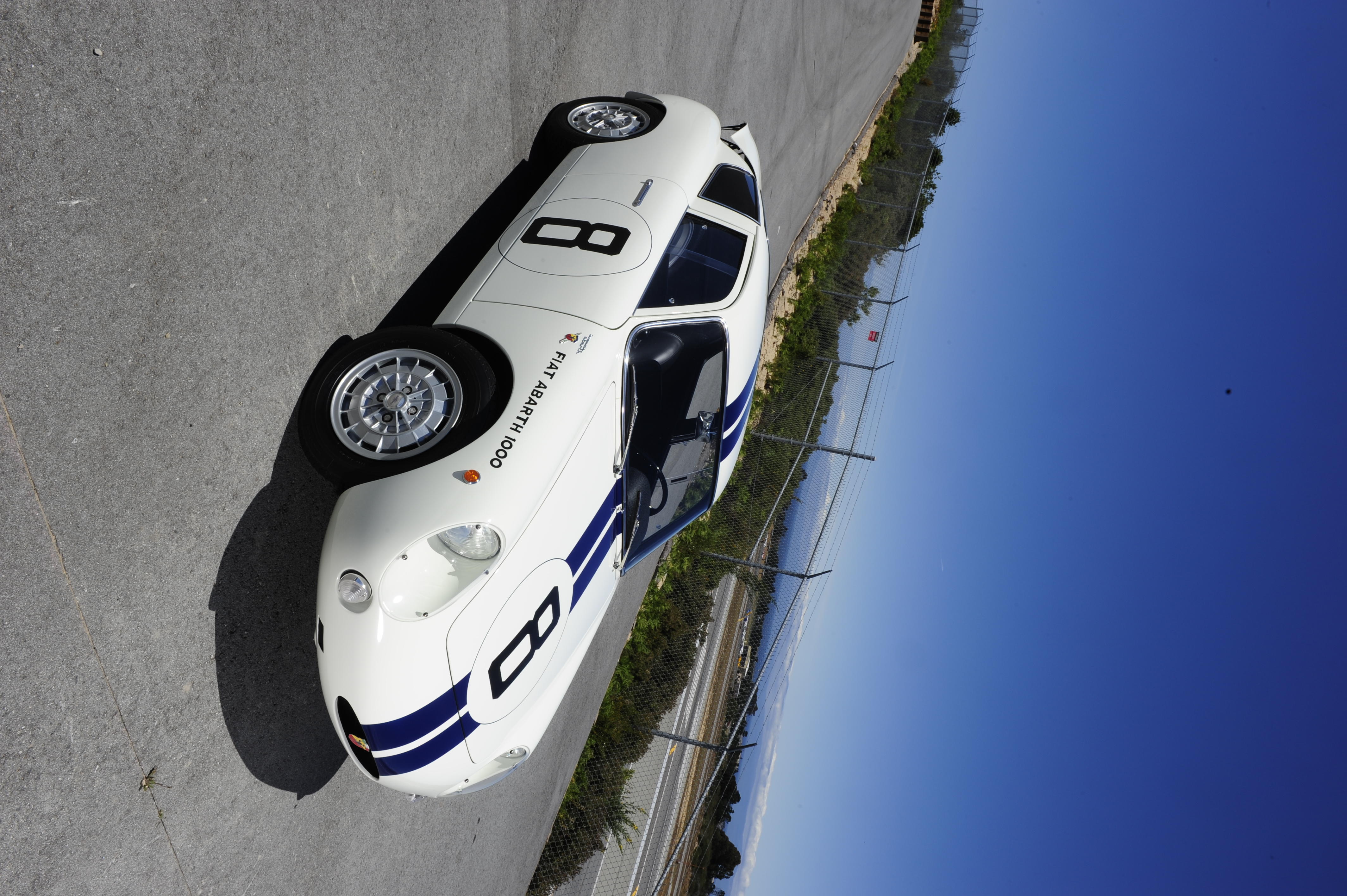


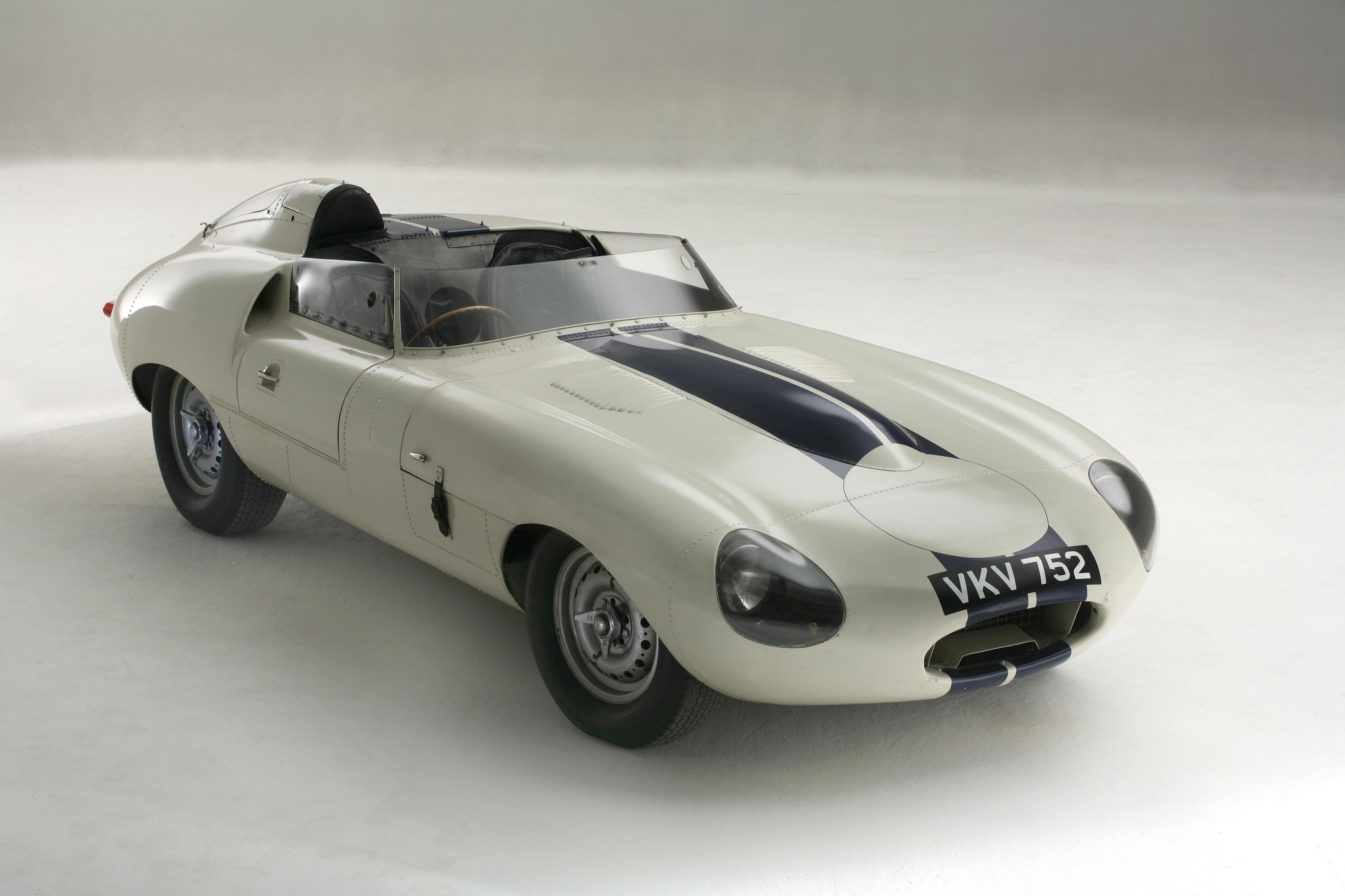
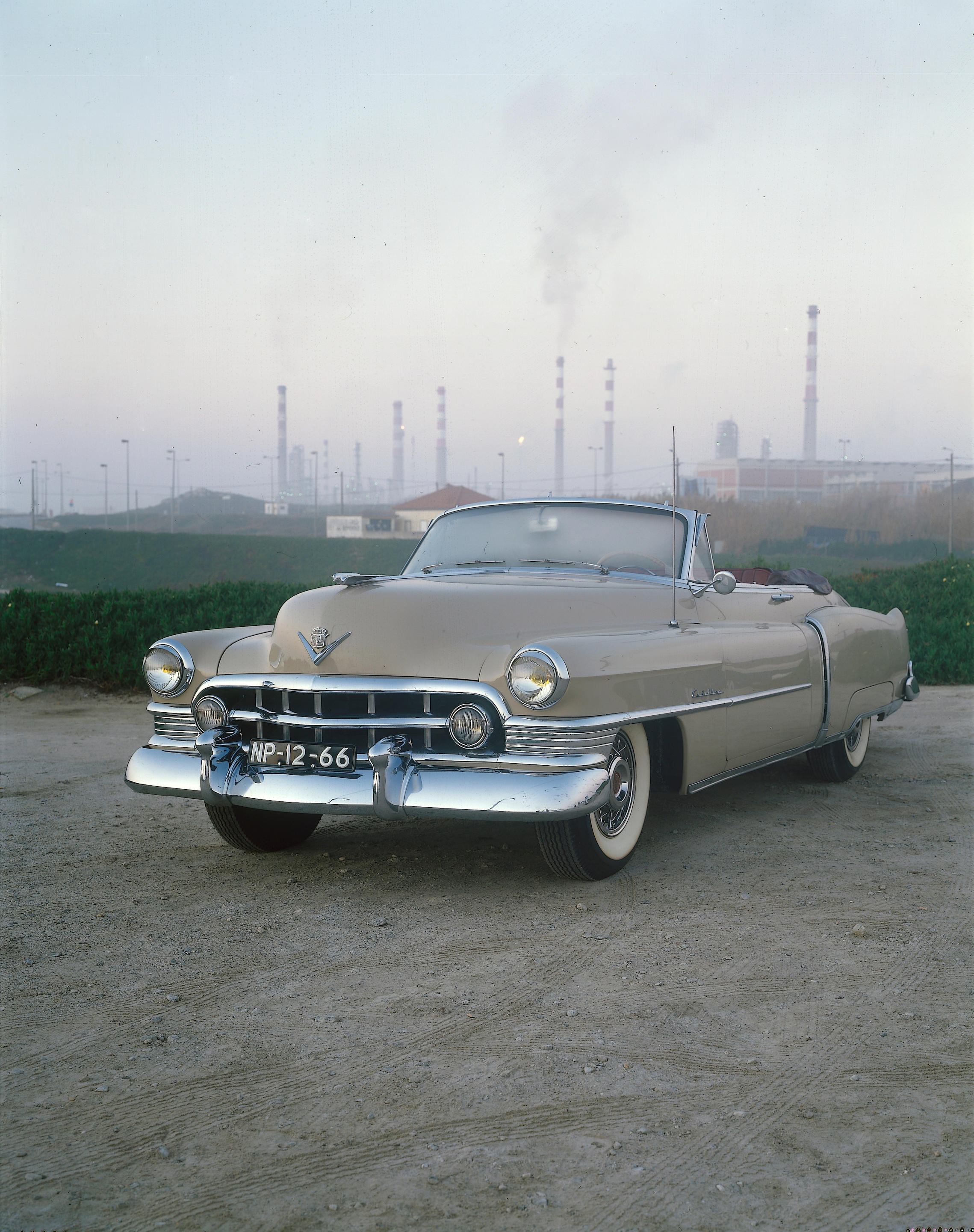
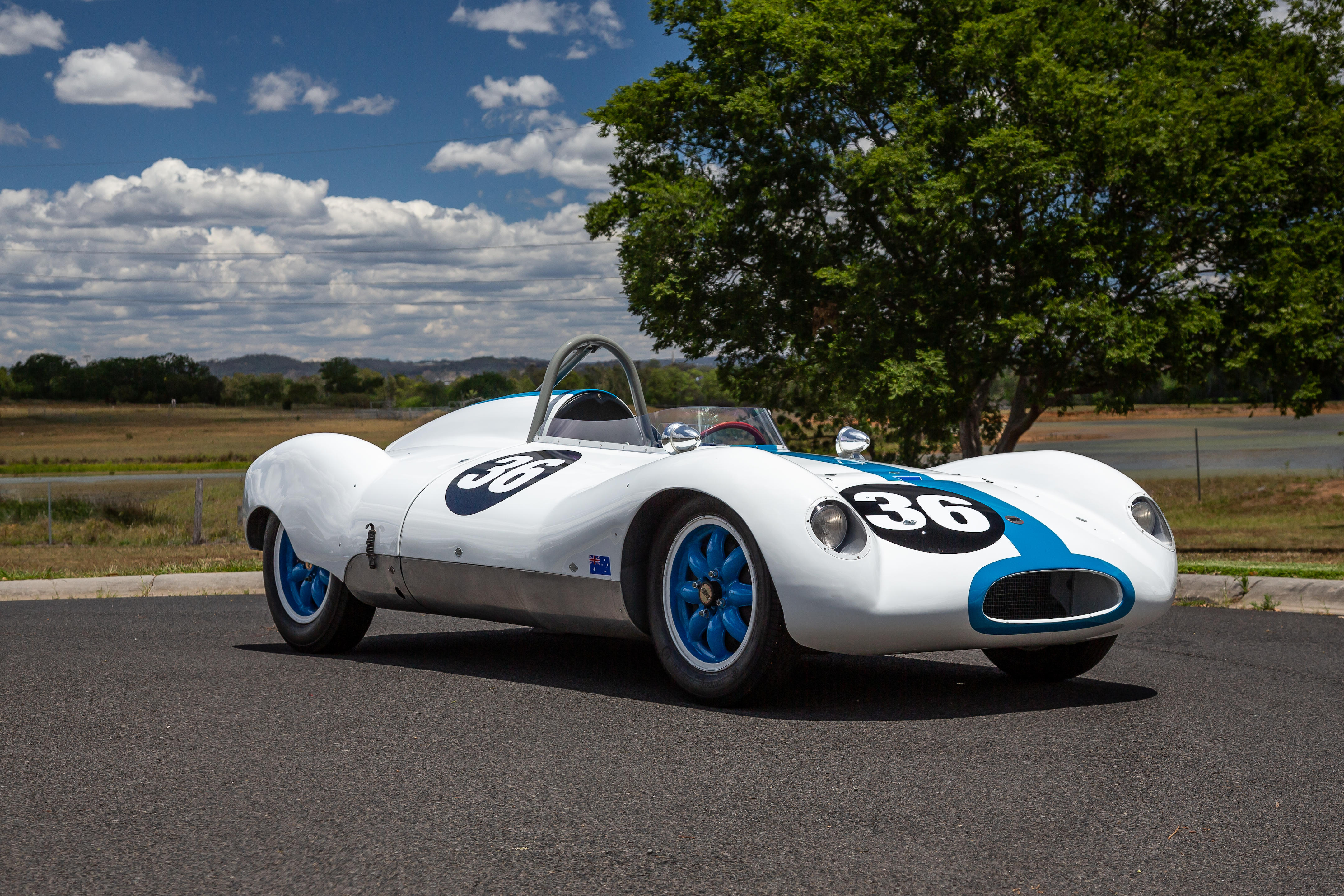

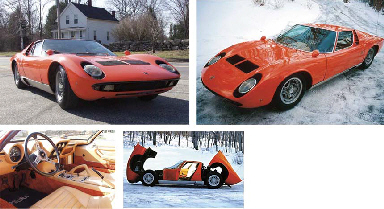

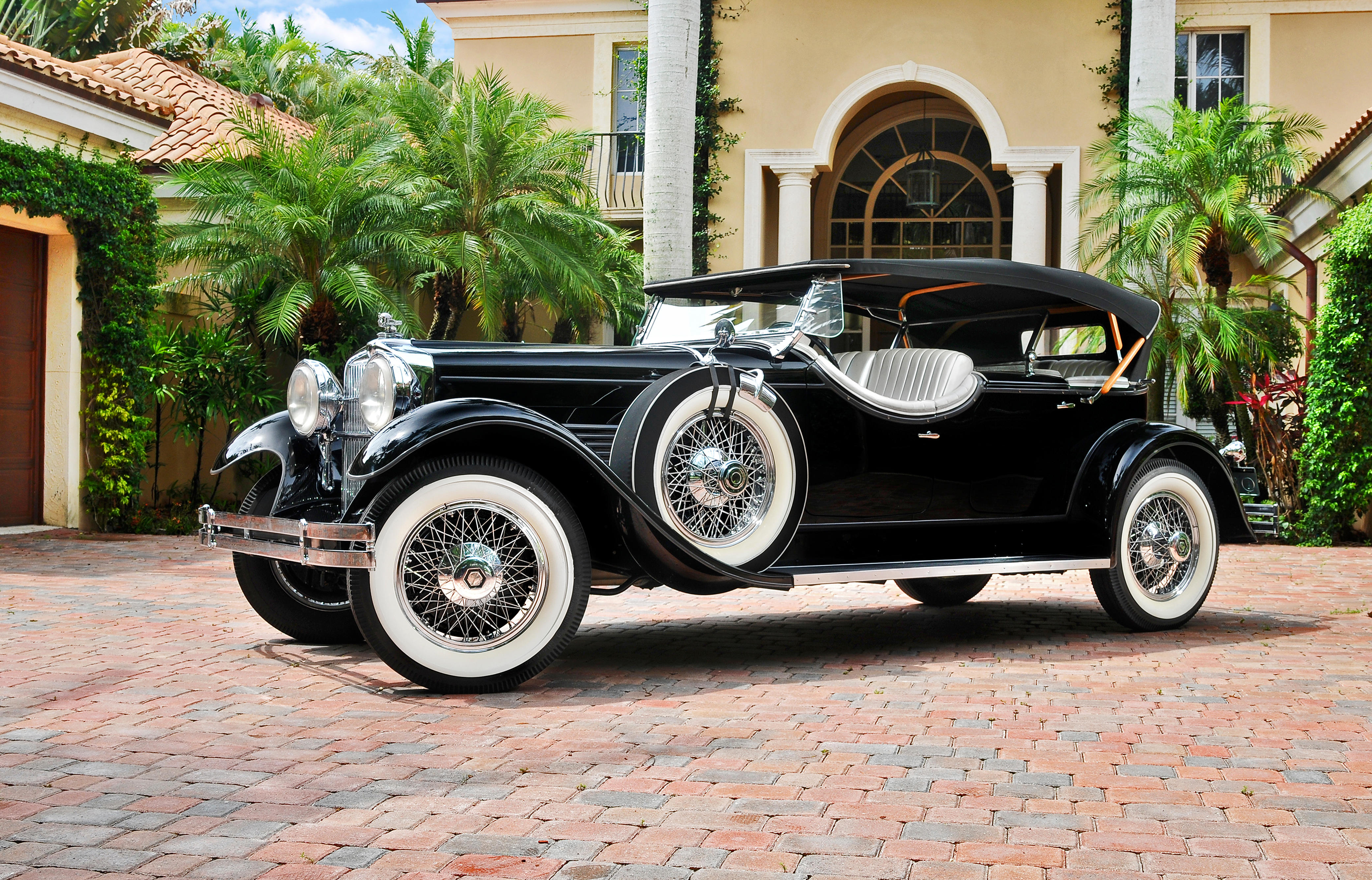

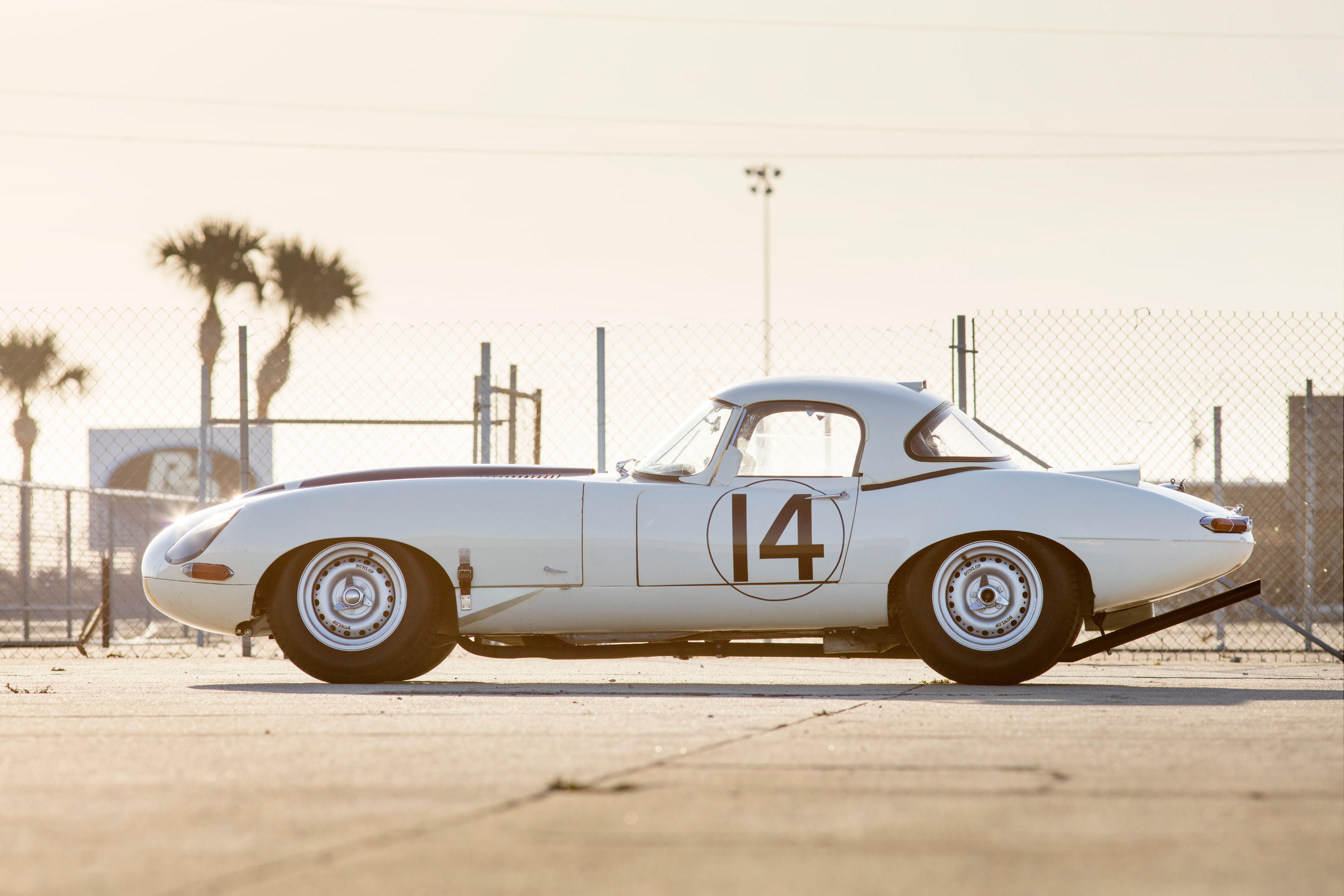


Testen Sie LotSearch und seine Premium-Features 7 Tage - ohne Kosten!
Lassen Sie sich automatisch über neue Objekte in kommenden Auktionen benachrichtigen.
Suchauftrag anlegen